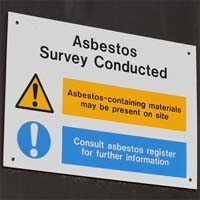Microscopic Mysteries: Asbestos, Ultrafine Particulates, and Mesothelioma
Understanding how tiny particles in the air affect our health is challenging. A new study explores the health effects of asbestos and ultrafine particles. Researchers highlight the need for clearer definitions and better research. Asbestos is a toxic mineral found naturally throughout the world. Exposure to asbestos can cause mesothelioma, a rare cancer. Malignant pleural mesothelioma is not very common. This kind of cancer tends to affect older patients more, especially those over 40, and is more common in men. Malignant pleural mesothelioma is caused by exposure to asbestos, a material used in old buildings. Defining Asbestos and Ultrafine Particulates Asbestos and ultrafine particles are tiny and can be harmful when breathed in. But, their exact definitions are not clear,…

